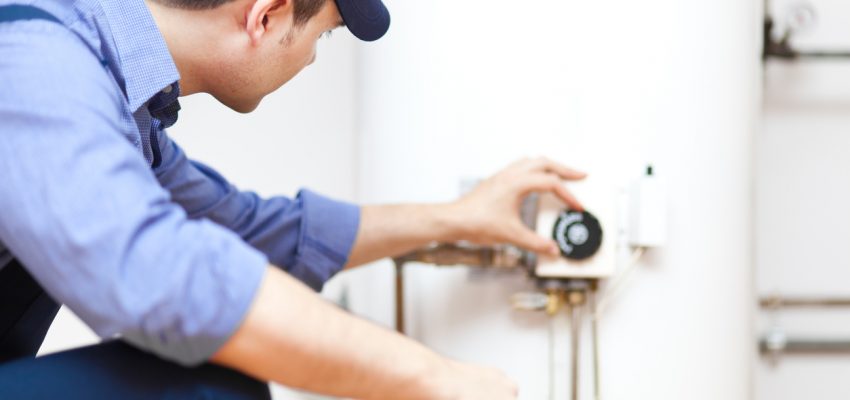Back in the days before COVID-19, the biggest threat to the future of the planet was climate change. It still is, we just don’t talk about it anymore, but the day will come when we will all turn our attention back to the threat of global warming and what we can do to reduce our carbon footprint.
Is there such a thing as an Eco-friendly heating device?
The most eco-friendly form of heating is geothermal where the heat source is the Earth itself. Water is pumped through tubes buried deep in the ground where the temperature is a constant 7 to 24 degrees Celsius and then brought to a surface mounted heat exchanger, which works like a refrigerator in reverse, providing heat to your home for free! There are two big issues with this; you need the land to install the pipes and then there is the cost of installation with a pay-back period as long as 20 years.
If this is out of your price range, Which? online magazine is a good source of information for the types of systems available.
What are the choices out there?
Most other sources of heat burn fossil fuel—wood, electricity or gas—so the choice comes down to space, convenience, running cost and efficiency. Space and convenience rule out wood for most people. You need space to store the materials and trying to light a fire on a cold winter morning is no fun.
Electric heating, if built into the substructure from the outset—e.g. underfloor heating—can be cost-effective but this is not a viable option in most homes. Night storage heaters tend to be bulky and quite obtrusive. In terms of your carbon footprint, electricity is the best option but running costs are generally higher than gas.
For a lot of households that have existing systems, there is little choice other than to improve on what they’ve got. Gas condensing boilers are considered to be the most efficient.
Installation
A new boiler installation must be carried out by a gas safe engineer or likewise a heating engineer. Failure to do so could endanger the lives of your family and result in prosecution in the event of an explosion or release of gas.
If it’s a completely new installation, the process is quite straight-forward, but if you are replacing a boiler, you may have to replace the pipework as well, as there could be leaks in the system, which will result in water loss and pressure issues.
Gas condensing boilers need to be on an outside wall so that the condensing flue terminal can discharge the waste gasses and this must be away from openable windows.
Do you love your boiler?
Boilers are often neglected. In fact, you probably only think about your boiler when something goes wrong! However, when your boiler does break down, you can guarantee it will be at the worst possible time—like the coldest day of the year. An emergency call-out for a boiler repair will be expensive, just check out the LS1 Boilers site for an idea of cost. And remember, even repairs need to be carried out by a gas safe engineer—your life could depend on it so don’t cut corners.
A new boiler can add value to your home
You might not think it is top of the list from a house-buyers point of view, but having a new, efficient boiler can help sell your house fast if you decide to put it on the market soon after installation. It is one more box ticked as it is on the list of queries sent out by the conveyancing agents prior to sale. Besides, there is nothing more off-putting than seeing an old boiler or one that is in need of a good service. To the buyer, this is just one more job they have to do when they move in.
Experts say that a new boiler, or at least one still in warranty, can boost the value of your home by up to 2%, so this is certainly worth considering if you are looking at a boiler repair job over a new boiler installation.





маркетплейс для реселлеров магазин аккаунтов
Accounts for Sale Account marketplace
account trading service online account store
online account store website for selling accounts
sell account account trading service
account buying platform accounts for sale
website for buying accounts account trading platform
accounts marketplace accounts marketplace
buy and sell accounts https://social-accounts-marketplace.live
sell account https://accounts-marketplace-best.pro
buy facebook ads account https://buy-ads-account.click
buy facebook profiles https://buy-ad-account.click
facebook ad account for sale buy aged facebook ads account
buy google agency account https://sell-ads-account.click
buy facebook verified business account buy-business-manager-acc.org
business manager for sale https://verified-business-manager-for-sale.org
tiktok ads account buy https://buy-tiktok-ads-accounts.org